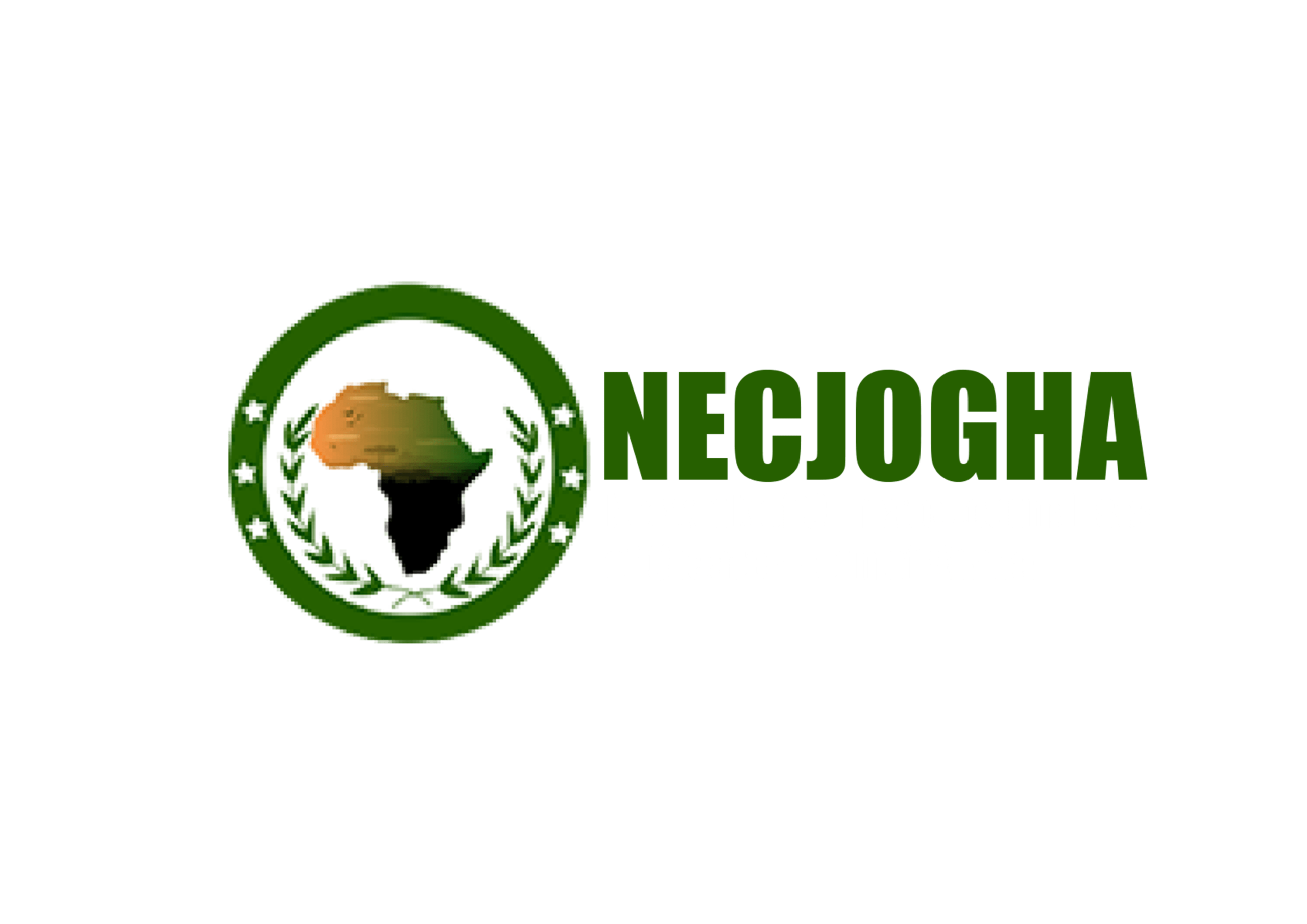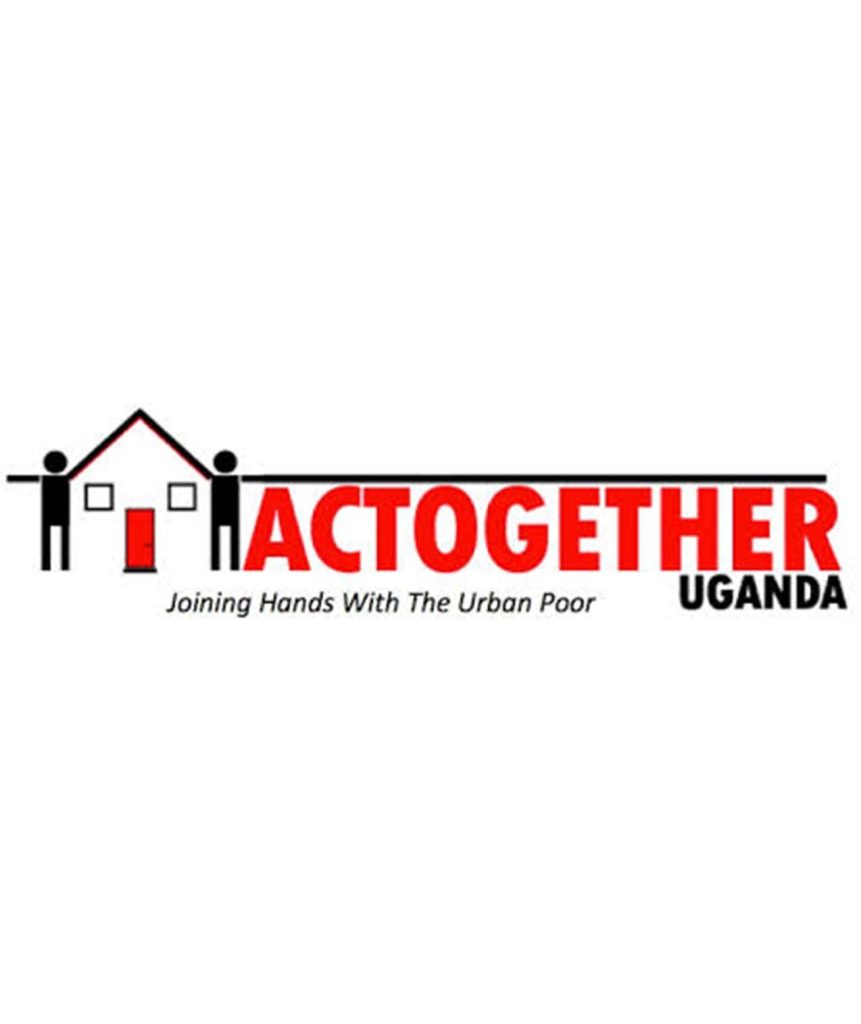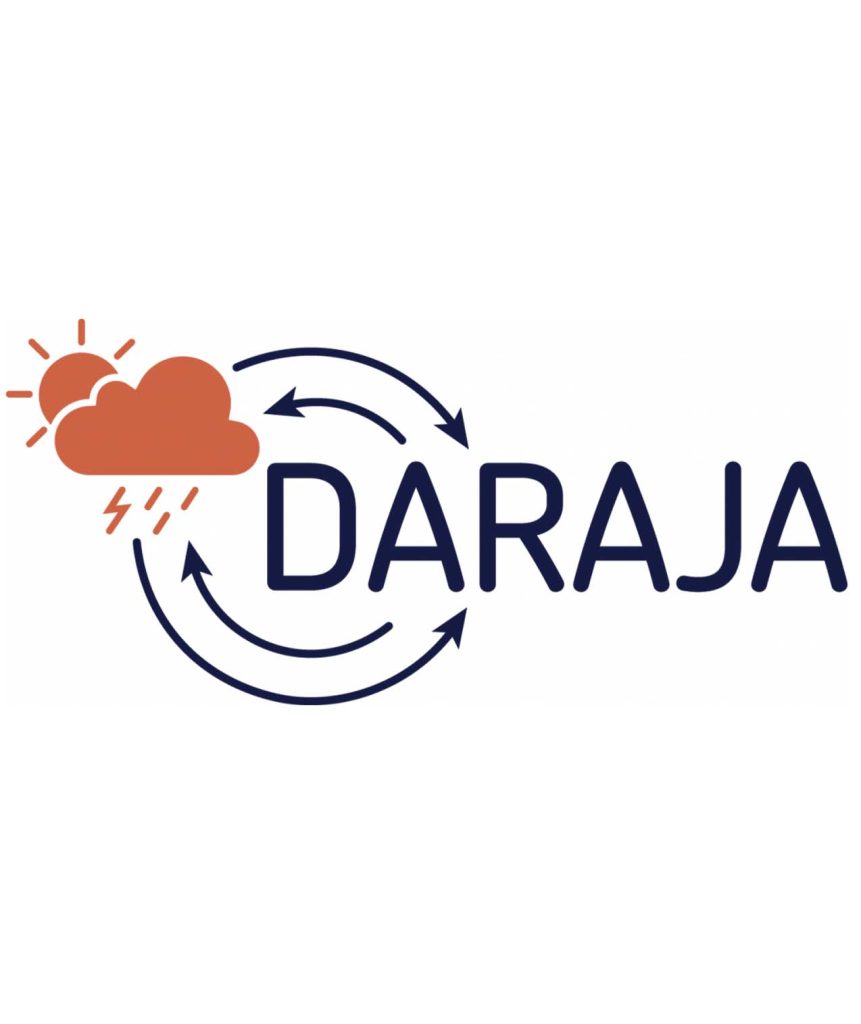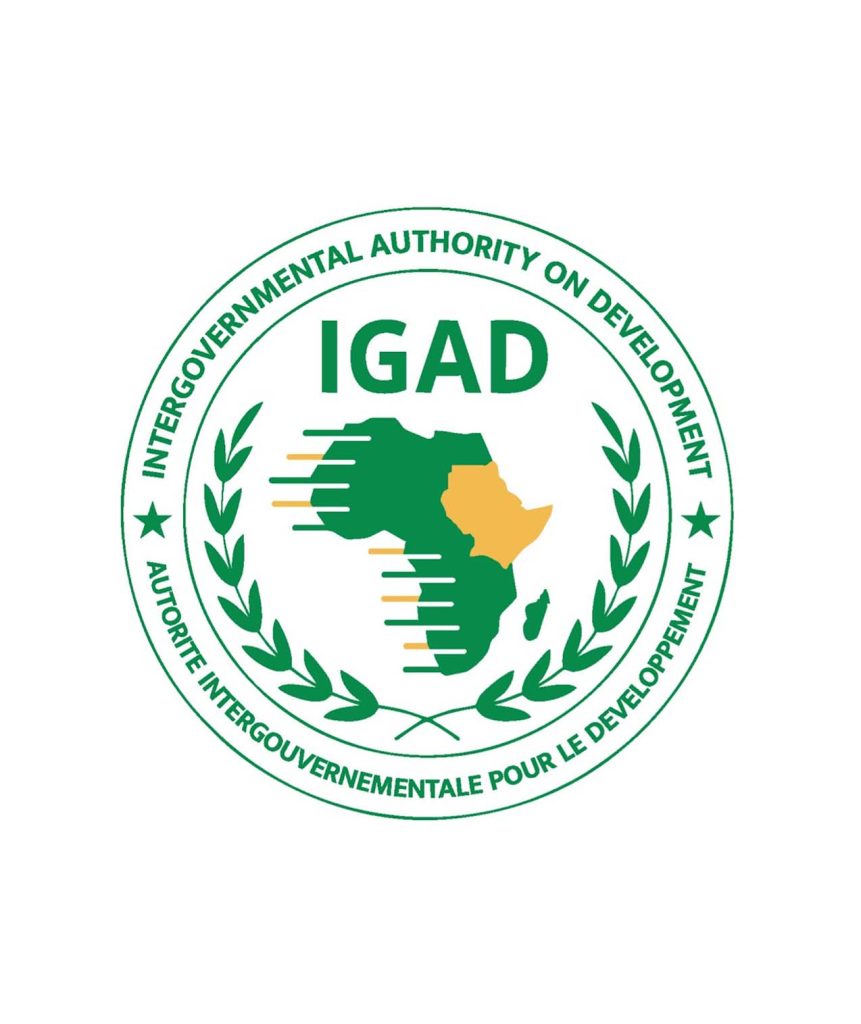In the sun-scorched lands of Somalia, farmers and livestock keepers have grown accustomed to the extremes of climate. In 2022, for example, the country suffered the longest drought in 40 years. This affected nearly half the national population of 18 million people. The following year, heavy and widespread flooding devastated the country’s farmlands and infrastructure.
For a country whose economy breathes through its agriculture and livestock sectors, these extremes have adverse implications. Over 70% of the population relies on farming, herding and pastoral activities for their livelihoods. Despite these climatic shocks, agriculture contributes about 60% of Somalia’s GDP. This is down slightly from 65% two decades ago.
The agricultural sector is diverse, yet fragile. It is made up of two primary components: crop cultivation (mainly sorghum, maize, sesame and fruit) and livestock rearing (camels, goats, sheep and cattle).
Somalia’s strongest export offerings have included livestock and animal products, such as hides and skins, along with sesame seeds, bananas and charcoal.
Livestock has been the cornerstone of exports for decades. It experienced strong growth from the early 2000s through the mid-2010s, but faced notable declines after 2017. This was a result of droughts, disease outbreaks and market disruptions. Saudi Arabia, the United Arab Emirates and Oman are among Somalia’s biggest trading partnersFor Somalia, investing in agricultural exports is not merely an economic imperative. It is a development challenge that demands a multifaceted approach encompassing climate resilience, institutional strengthening and inclusive economic growth. Arti
Authors
Head of Research, Institute of Climate and Environment, Simad University
Founding Director, Institute of Climate and Environment, Simad University

